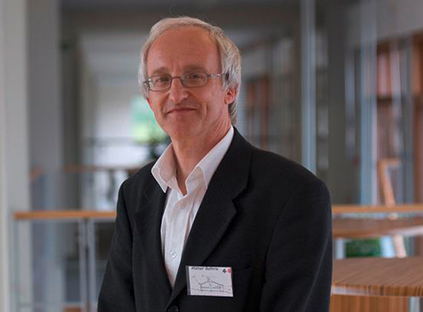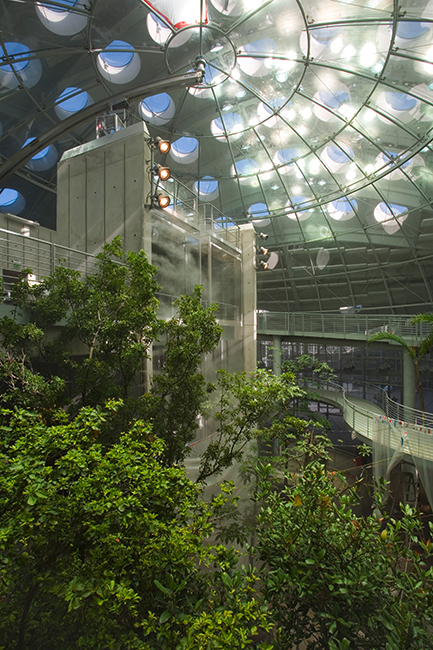
Monday November 30, 2015, 18:00
Project room, Bâtiment SG, EPFL
Inaugural lecture of exhibition “Solar Decathlon”
From November 30 until December 8, we are delighted to present you various animations, such as student-talks on December 3 and 7 at 12:15 and a cinema evening on December 8 at 19:00. With theses events, we wish to develop a view of the Habitat of the Future while sharing convivial moments.
More information about the events on the facebook page of the association SOLAR
Responsible Design
Good design responds in a responsible way to the needs of society and the environment now and in the future. The talk will discuss how Arup has been leading in this arena for many years through a focus on intuition, research, integration and collaboration. This has led to many projects with responsible and sustainable outcomes.
The talk will illustrate examples of projects from across the world to which Alistair has contributed including The Menil Collection, The Eden project, and the California Academy of Science.
Alistair Guthrie is an Arup Fellow and Leader of global sustainability skills at Arup. He is a Professor of Environmental Design in the School of Built Environment Nottingham University and lectures at the Royal College of Art. He joined Arup in 1979 and has been involved in the design of arts & culture, education, commercial and high-rise buildings worldwide. His particular expertise is the application of building physics to find innovative, integrated and sustainable solutions to help create some of the world’s best architecture.
“In Arup, we bring together many many different disciplines that add a different flavour to the way we look at design. To think to the whole project, not simply the bit that we bring.”
Embed of video is only possible from Mediaspace, Vimeo or Youtube

Calfornia Academy of Science. Architect: Renzo Piano Building Workshop
Engineers who care about architecture.
The company provides engineering, design, planning, project management and consulting services for all aspects of the built environment. Over 12,000 people in 92 offices across 42 countries are currently working in the firm.
“Arup is a sort of club, where everybody is working for everybody else in Arup.“ says Tristram Carfrae, Arup Fellow. “Arup has a healthy mix of people with very different perspectives and from many cultures, working together, learning from each other and generously sharing their knowledge and ideas.”
Recognized for enabling the realisation of the world’s most amazing buildings – collaborating extensively with global architects and bringing wide-ranging engineering services using the design process, the ‘Arup Method’.
Founded by philosopher and engineer Ove Arup in 1946, aspiring to a Total Architecture where “all relevant design decisions have been considered together and have been integrated into a whole by a well organised team”, Arup improved collaborative and interdisciplinary work to its highest level and at the largest scale.
“…no man is an island, our lives are inextricably mixed up with those of our fellow human beings, and there can be no real happiness in isolation.” Ove Arup in The Key Speach, 1970
Problem-solving in the Arup fashion, it turns out, means not being afraid to cause a few problems along the way. “It’s that ability to believe that chaos in a way resolves itself—it doesn’t matter if it’s overly complicated to begin with,” Carfrae says. “Just keep talking, and at some point, it’ll become clear.” in How Arup Became The Go-To Firm for Architecture’s Most Ambitious Projects, http://www.archdaily.com